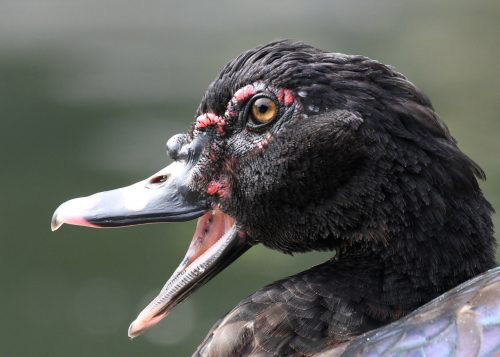
Researchers use open-access bird data to track avian influenzaBy JEFF RICHARDSON
October 11, 2020
Using a combination of GIS and satellite mapping, machine learning and field data, researchers tracked and predicted the spread of low-level flu strains from species in Japan, Mongolia, Vietnam, Russia and Alaska.
They sampled more than 150 migratory birds from species that are known to carry avian influenza, which has the potential to cause the next pandemic. Sampled birds included internationally migrating ducks, geese, swans and songbirds, as well chickens at industrial farms. The project also collected bird data from hunters, airport confiscations and the poultry industry. Researchers concluded that most of the viruses originated in the China region before birds carried them throughout the study area. The findings were published Oct. 8 in the journal Scientific Reports. “We used a very nontraditional approach,” said co-author Falk Huettmann, a biology professor at the University of Alaska Fairbanks. “Usually people look at one disease and one virus at a time. Instead we took them all together and tried to find the patterns within, using machine learning and artificial intelligence.” Huettmann said the results, which were strengthened by having widespread and openly shared data sources for model assessment, provide a strong argument that there are public health benefits to making such information more widely available. He said more data from China, which did not provide information for the study, could be particularly helpful for tracking and assessing avian influenza, and determining where new strains could emerge. That, in turn, could help create better maps for flu routes and to overcome sampling gaps. It would also allow countries to compare their data with available health-care resources and risk factors such as unclean industrial farms, relevant urban-wilderness contact zones and areas with rapidly changing climates. “If you make all the data open-access, many people can look at it with different questions and approaches,” Huettmann said. “That’s what we’re promoting, and that’s the ultimate goal for progress.” Marina Gulyaeva, at Novosibirsk State University in Russia, is lead author of the new paper. Other contributors included Eric Bortz and Elaina Milton, University of Alaska Anchorage; Alexander Shestopalov and Alexandra Glushchenko, Federal Research Center of Fundamental and Translational Medicine in Russia; and Masatoshi Okamatsu, Duc-Huy Chu, Yoshihiro Sakoda and Keita Matsuno, Hokkaido University/Japan.
On the Web:
|
|||||
